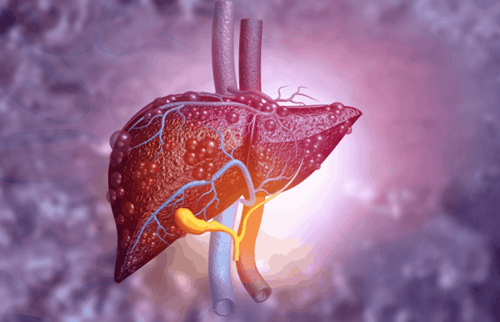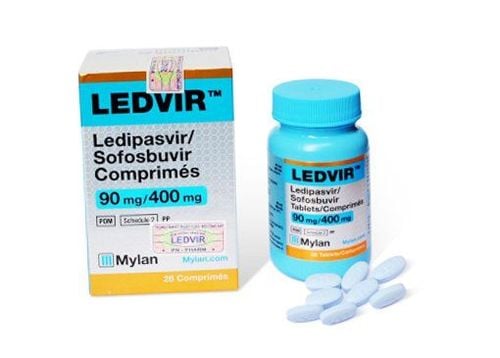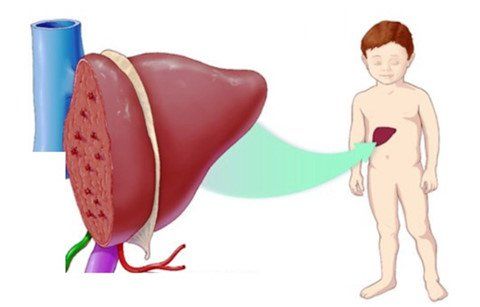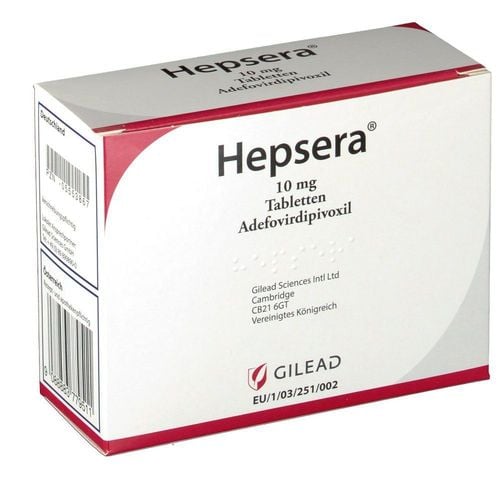This is an automatically translated article.
According to statistics, about 50-80% of babies born with congenital biliary atresia, if not treated well, will die of biliary cirrhosis when the child is 1 year old. This percentage will increase to about 90 - 100% by the time a child is 3 years old. Therefore, if the child shows signs of suspected congenital biliary atresia, the family should immediately take the child to the hospital for examination and timely diagnosis.
1. What is congenital biliary atresia?
Congenital biliary atresia is considered a rare disease of the liver and biliary tract, representing disruption or deficiency of the extrahepatic biliary system in the body, leading to obstruction of bile flow leading to fibrosis , biliary obstruction and progression to cirrhosis. The cause of biliary atresia is due to the process of ductal development of the bile duct during embryogenesis. The biliary system is formed from the hepatic diverticulum of the anterior intestine at week 4 of embryonic development and differentiates into head and tail components. The gallbladder, cystic duct, and common bile duct are formed from the head. The remaining intrahepatic bile ducts as well as the remaining extrahepatic bile ducts are formed from the tail.
In addition, a number of factors are also considered to be related to the cause of congenital biliary atresia such as:
Viral infection; lack of perfusion; Abnormalities of biliary metabolism and presence of an abnormal common biliary-pancreatic channel; Abnormalities during pregnancy; Girls have a higher incidence of the disease than boys.

Teo đường mật bẩm sinh được coi là bệnh lý hiếm gặp của gan và đường mật
2. How dangerous is congenital biliary atresia?
The method to treat congenital biliary atresia is surgery required. This is the only and first method for young children with this disease. Complications if untreated or ineffectively treated, the progression of congenital biliary atresia will gradually worsen, the child will have manifestations of cirrhosis such as:
Enlarged liver, enlarged spleen; Ascites; Collateral circulation; Bleeding under the skin; Intracranial bleeding,... The best time for surgery for children is before 3 months of age and surgery at 2 months of age is the best time. If the child is operated on later, cirrhosis of the liver has an increased risk of causing many complications as above.
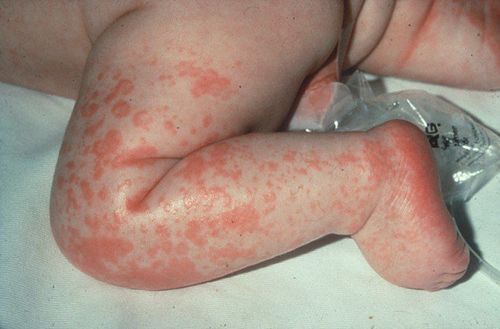
Xuất huyết dưới da ở trẻ sơ sinh
3. Symptoms of congenital biliary atresia
Symptoms of congenital biliary atresia in infants usually appear between the 1st and 6th week postpartum. Symptoms include:
Jaundice lasting more than 2 weeks 15% of newborns have persistent jaundice, mostly due to benign indirect hyperbilirubinemia, also known as physiological jaundice and usually not harmful. to children. Jaundice in cases of biliary atresia usually increases gradually over time, but it is not specific but only an initial warning value for parents and doctors to pay attention to to screen the disease;
Note: Distinguish jaundice due to biliary atresia from physiological jaundice by observing the degree of jaundice and the duration of jaundice. Physiological jaundice usually only lasts for the first 2 weeks after birth.

Dấu hiệu vàng da kéo dài trên 2 tuần
Silver-colored stools According to statistics, about 50% of children with congenital biliary atresia have pale stools in the neonatal period. Over time, the condition becomes more apparent and the symptoms of discolored stools will increase. Depending on the extent of congenital biliary atresia, infant poop may be white like stork, raw, clay-white, or pale yellow.
The cause of congenital biliary atresia in infants with silvery bowel movements is due to atrophy of the biliary tract, bile pigments and bile salts in the liver not being able to enter the small intestine for digestion.
Dark urine The urine of a child with congenital biliary atresia is dark yellow, and the baby's diaper or pants are difficult to wash from the yellow color;
Some other symptoms: The liver is enlarged, hard and firm to palpation; Splenomegaly, possibly advanced cirrhosis.
Varicose veins emerge under the skin of the abdomen, the abdomen is distended because of ascites.
Bleeding under the skin in spots or hemorrhagic patches when cirrhosis is present.
Symptoms of liver failure, collateral circulation,... can be seen in patients with biliary atresia.
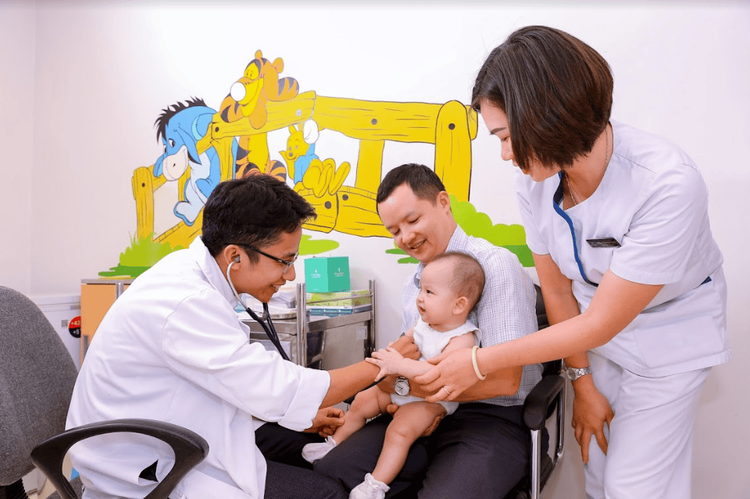
Cha mẹ nên đưa trẻ đến gặp bác sĩ để được thăm khám và điều trị sớm
Some infants with congenital biliary atresia have malnutrition, anemia, or growth retardation. However, this symptom is difficult to recognize because the baby still develops a completely normal weight and body in the first months of life.
Accompanying symptoms such as decreased prothrombin ratio due to malabsorption of vitamin K such as external bleeding, intracranial bleeding,...
It is an extremely dangerous disease, because according to statistics, 50 - 80 % of infants with congenital biliary atresia, if not treated well, will die of biliary cirrhosis at 1 year of age. This rate increases by 90 - 100% at 3 years of age. Therefore, if the child shows signs of suspected congenital biliary atresia, typically signs of jaundice for more than 2 weeks, the family should immediately take the child to the hospital for examination and timely diagnosis.
Pediatrics department at Vinmec International General Hospital is the address for receiving and examining diseases that infants and young children are susceptible to: viral fever, bacterial fever, otitis media, pneumonia in children, ... With modern equipment, sterile space, minimizing the impact as well as the risk of disease spread. Along with that is the dedication from the doctors with professional experience with pediatric patients, making the examination no longer a concern for parents.
Customers can directly go to Vinmec Health system nationwide to visit or contact the hotline HERE for support.
SEE MORE
Treatment methods for biliary atresia Treatment for congenital biliary atresia in children How is biliary atresia diagnosed?




